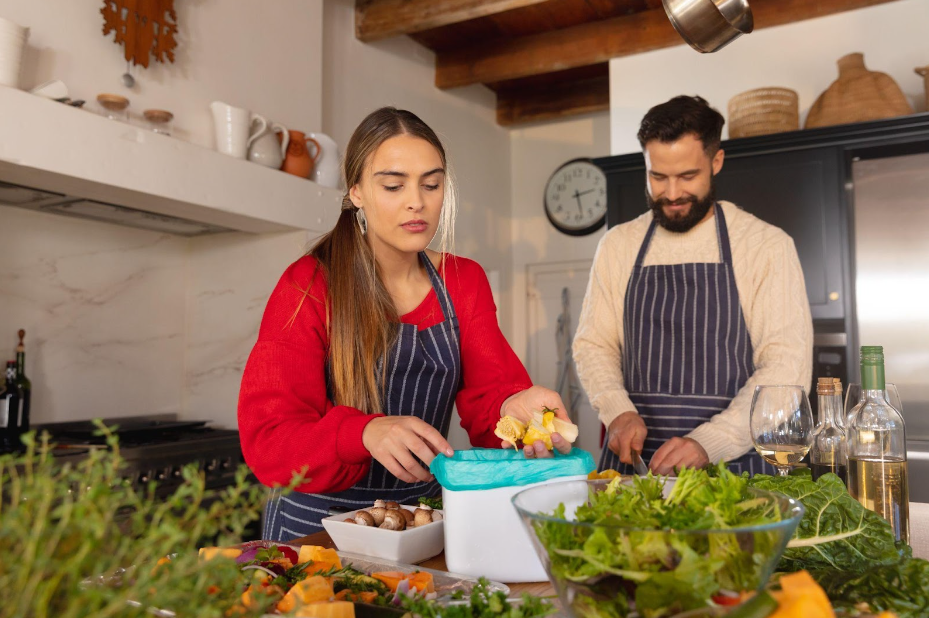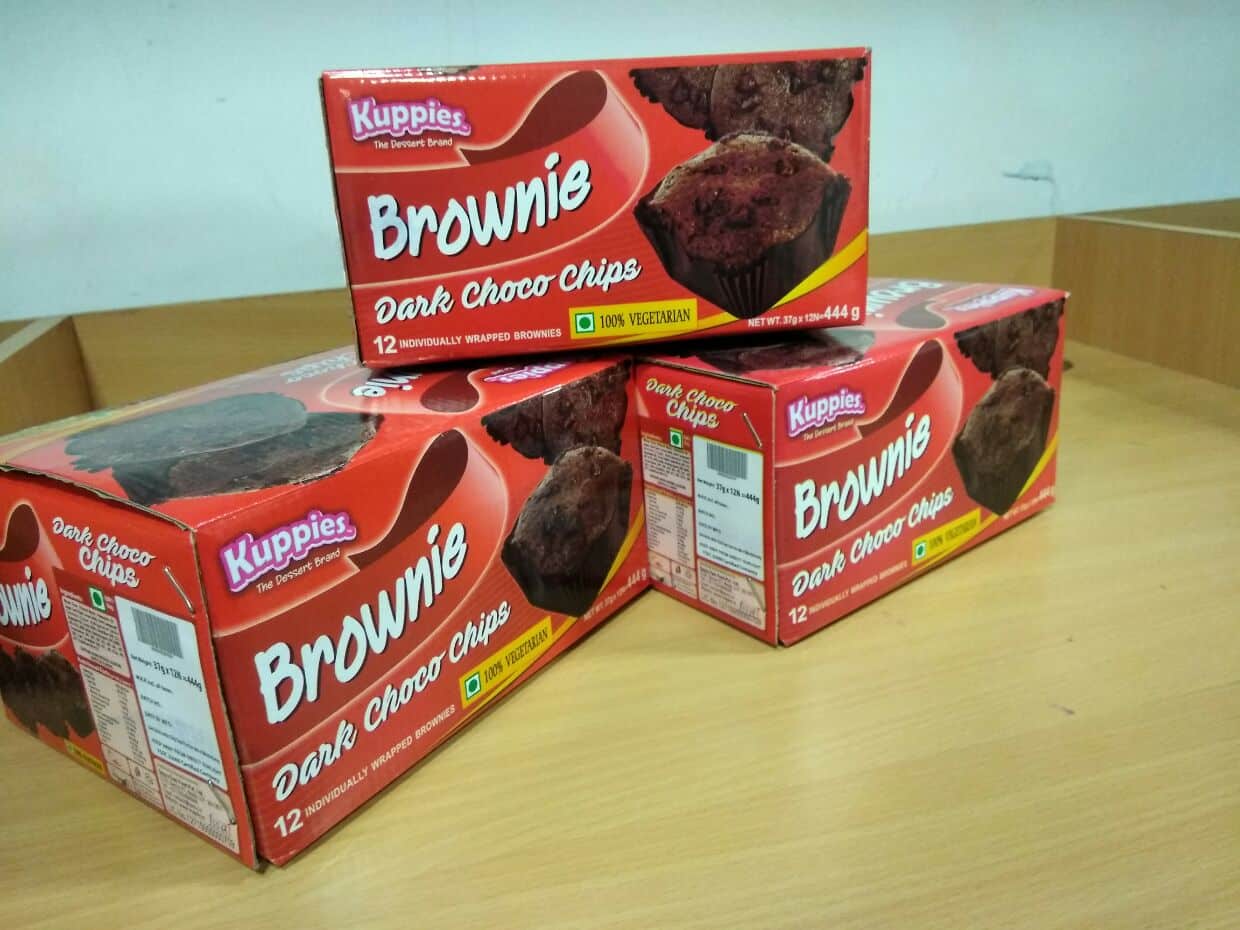People are aware of food waste and its effect on the environment. Here, Matt Sommers explores upcycled ingredients. It is when chefs use food scraps and leftovers to create dishes. Rather than throwing them away, they find ways to make them delicious and nutritious.
Upcycled ingredients are a sustainable way to reduce waste. They also let cooks have fun with new flavors and textures. A fantastic thing about upcycled ingredients is that they add depth and complexity to dishes.
It’s time to get cooking with upcycled ingredients. Join the movement and turn scraps into culinary gold!
Table of Contents
The Upcycling Trend In Cooking
To embrace the upcycling trend in preparing food scraps and leftovers, discover the definition and concept of reusing and the importance of reducing waste. Unleash your creativity and make the most of every ingredient at hand.
Definition And Concept Of Upcycling
Upcycling is a remarkable trend in the making. Repurposing scraps or leftovers to make unique dishes. This way, you use what you have and don’t waste anything.
Vegetable peels, bones, and coffee grounds can become flavorful broths or sauces. Rice can be turned into fritters. Bread can make breadcrumbs or croutons. Overripe fruits can be jams or compotes.
Upcycling sets itself apart from traditional cooking. Emphasis is on sustainability and using as many of the ingredients as possible.
Upcycling reduces waste and brings creativity to cooking. You can make carrot top pesto or veggie peel chips. It’s an excellent way to explore and reduce our environmental footprint.
Importance Of Reducing Food Waste
It’s essential to reduce waste for a sustainable future. Strategies to minimize waste can significantly impact our environment, economy, and society.
- Reduce waste to save natural resources like water, and energy.
- Reduce greenhouse gas emissions from production, transportation, and decomposition in landfills.
- Help fight hunger and poverty by redirecting surplus to people in need.
Moreover, reusing ingredients to reduce meal waste is essential. Transform leftovers into new meals or repurpose unattractive produce into tasty dishes.
Benefits Of Upcycled Ingredients In Cooking
Harnessing the benefits is crucial to maximize the potential of reused ingredients in cooking. With a focus on the benefits of reused elements, dive into the environmental impact of using food scraps and leftovers and the creativity and innovation they bring to the kitchen.
Environmental Impact Of Using Food Scraps And Leftovers
Repurposing scraps and leftovers has a significant environmental impact. It helps fight climate change, conserves resources, and reduces greenhouse gas emissions. Plus, it supports sustainable living and responsible consumption.
Upcycling ingredients is also part of a circular economy. We can use elements of meals that would be thrown away instead of discarding them. It decreases landfill waste and the need for new resources and packaging.
Using scraps and leftovers also encourages creativity in the kitchen. We can try out flavors and textures we wouldn’t have considered before. From vegetable skins as snacks to broth from bones, there’s plenty to explore.
It isn’t just good for the environment; it saves money too. It stretches our budget and reduces reliance on single-use products and packaging.
Make a difference with cooking and create meals that leave a smaller carbon footprint. Don’t throw away those carrot tops or bread crumbs – upcycle them and discover delicious possibilities!
Creativity And Innovation In The Kitchen
Creativity and innovation in the kitchen start with upcycled items. Transforming unused or underused essentials into something new. Chefs can use leftover vegetables to make soup or puree. It reduces waste and adds a surprise element to meals.
Health And Nutritional Considerations
To ensure your health and nutrition while using reused essentials, follow these guidelines for food safety and explore the nutritional value of upcycled dishes. By considering these crucial factors, learn how to prioritize your well-being and make the most of your sustainable cooking practices.
Food Safety Guidelines For Upcycled Ingredients
Maintaining a clean, sanitary environment is essential when utilizing reused ingredients. All those involved, including cooks and suppliers, must practice proper hygiene. It includes regular handwashing, wearing gloves and hairnets, and keeping the workspace free from contamination.
It is essential to source reused items from reliable, reputable suppliers. Ensuring they have undergone proper inspection and certification processes can help reduce potential health risks. Tracking and tracing the origin of the reused items can also help identify any issues or recalls.
Storing is crucial for quality and safety. They must be held in controlled environments with suitable temperature, humidity, and ventilation conditions. Regular monitoring of storage conditions should be done to avoid spoilage or degradation.
Nutritional Value Of Upcycled Dishes
Upcycled dishes offer a high nutritional value! Unconventional essentials add fiber and nutrients, like veggie scraps or leftover grains. Innovative cooking techniques like roasting or stir-frying help preserve essential vitamins and minerals. Not only that, but these dishes also create sustainable waste solutions.
In the world of food, reducing waste is a top priority. Upcycling essentials solves this by turning leftovers into tasty meals. People are now repurposing meal scraps to discover new tastes and textures.
Next time you have leftover produce or bread, don’t toss it! Embrace the trend of reusing and get creative in the kitchen. You’ll not only help the environment but also discover unique flavors.












